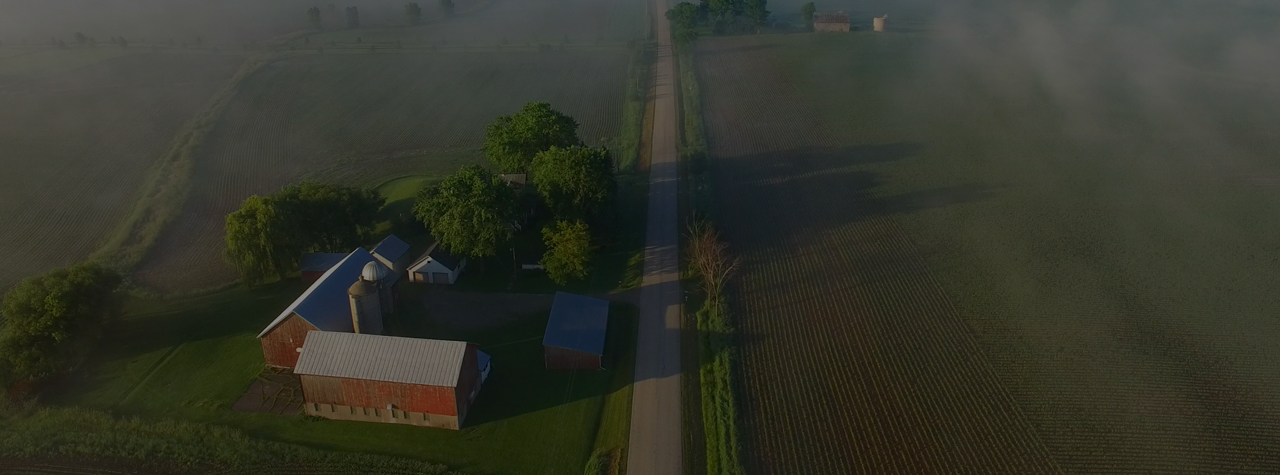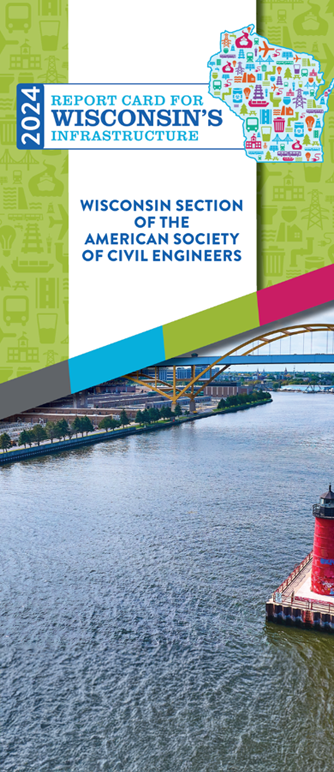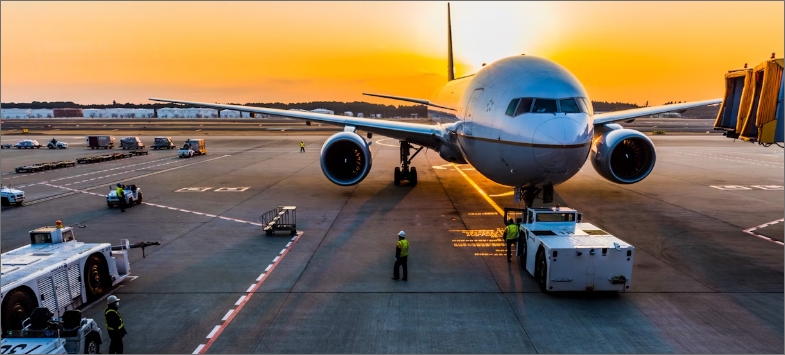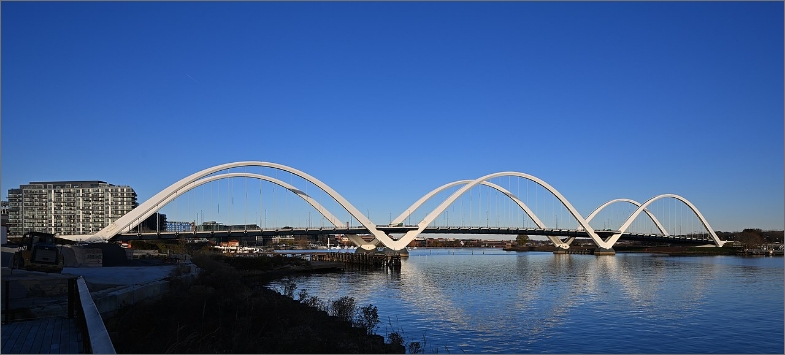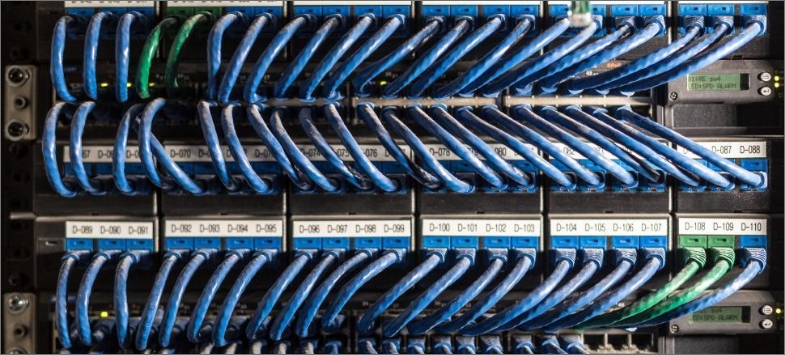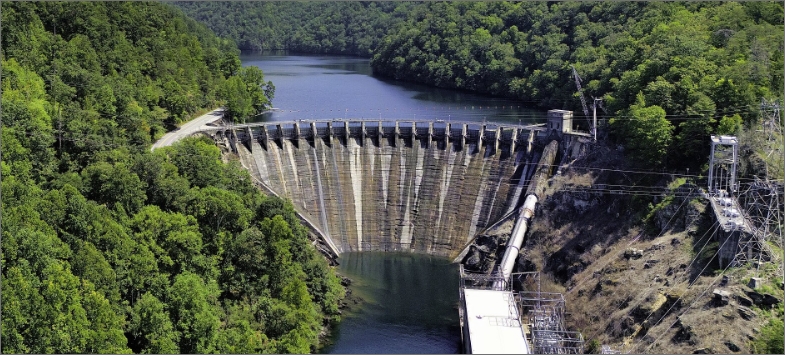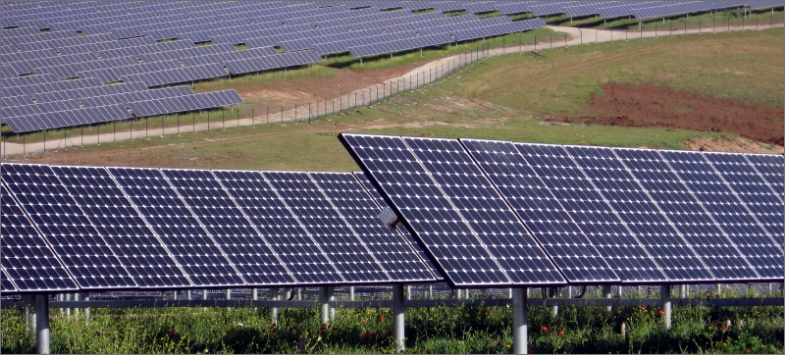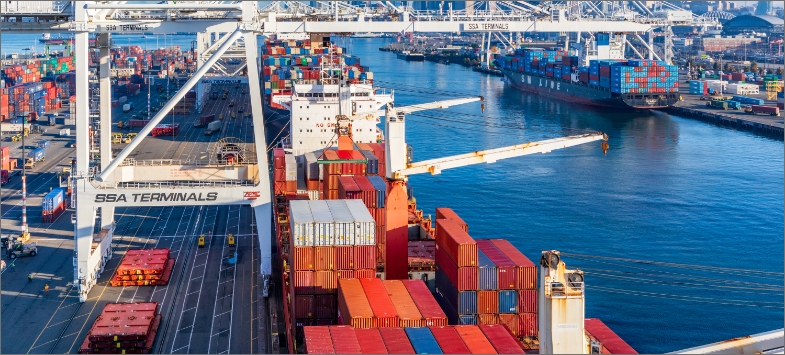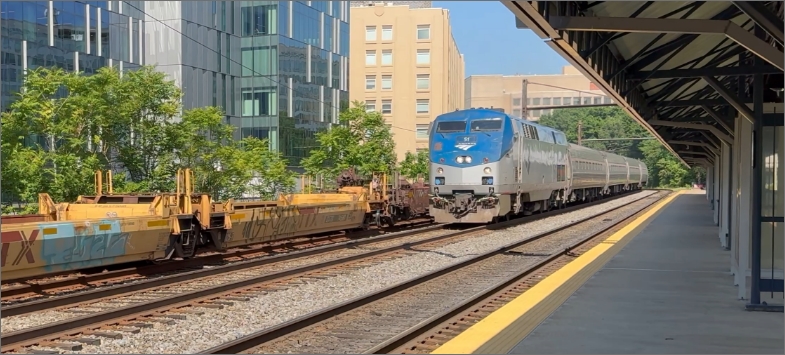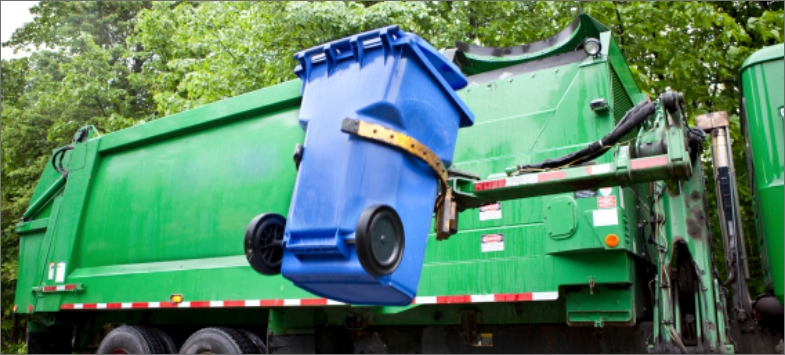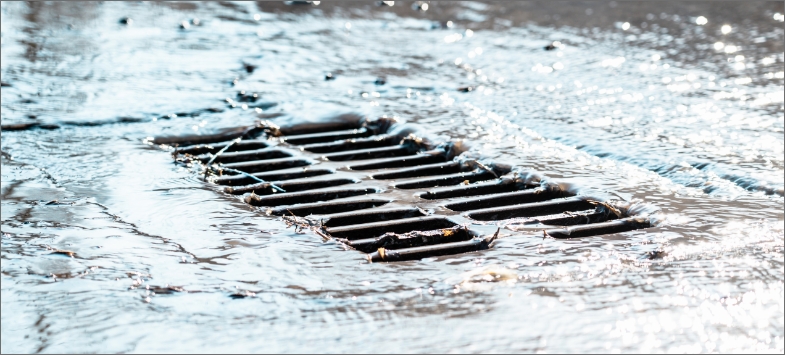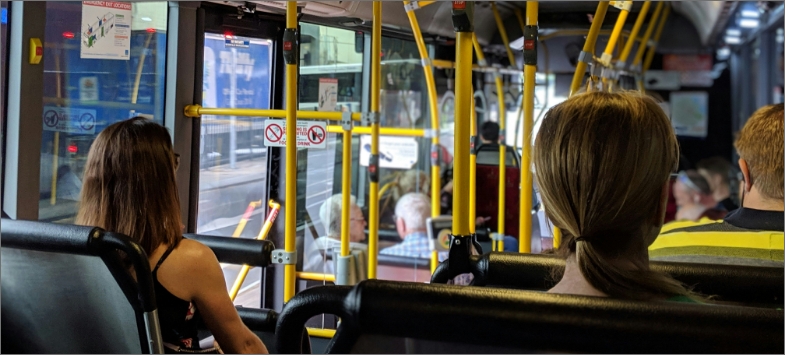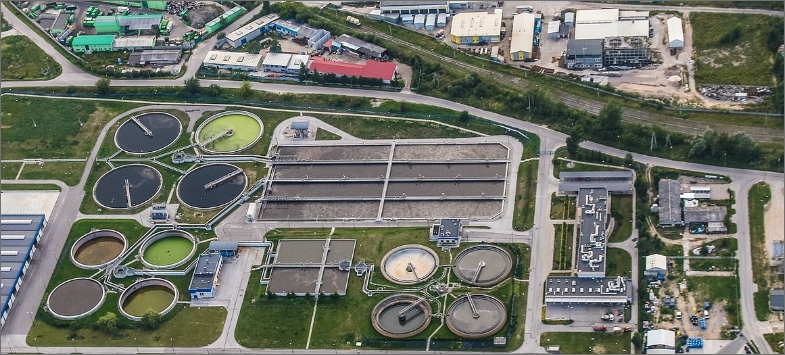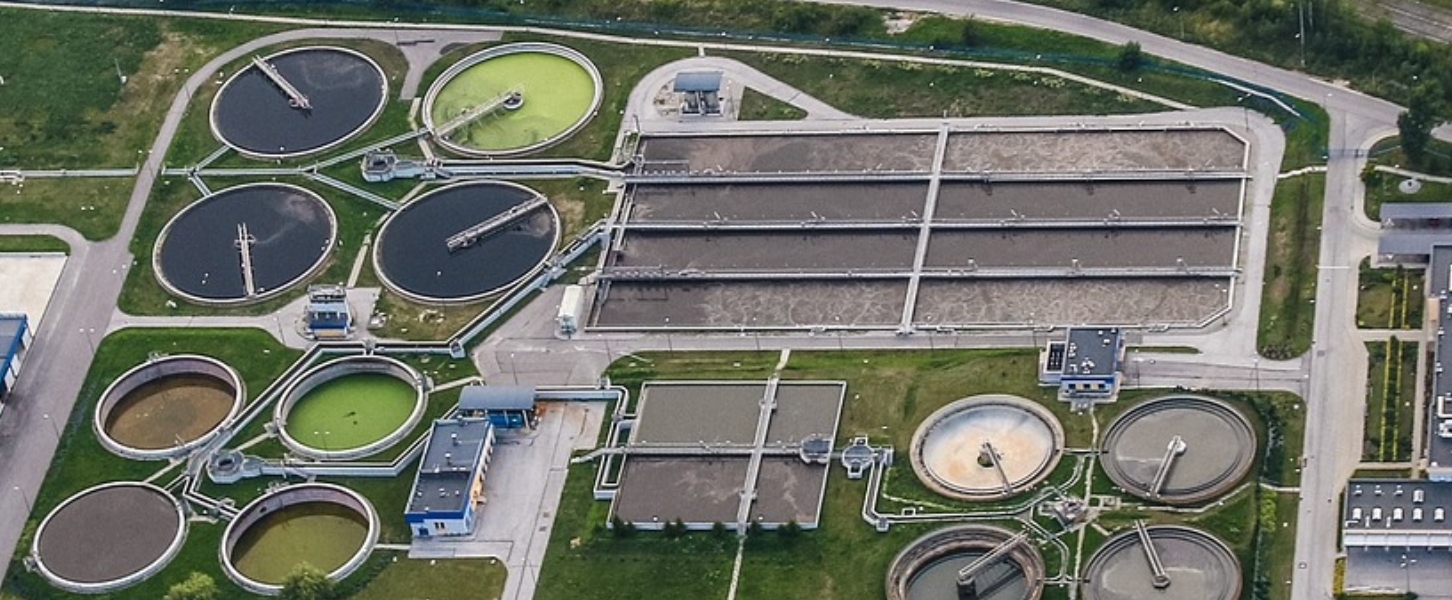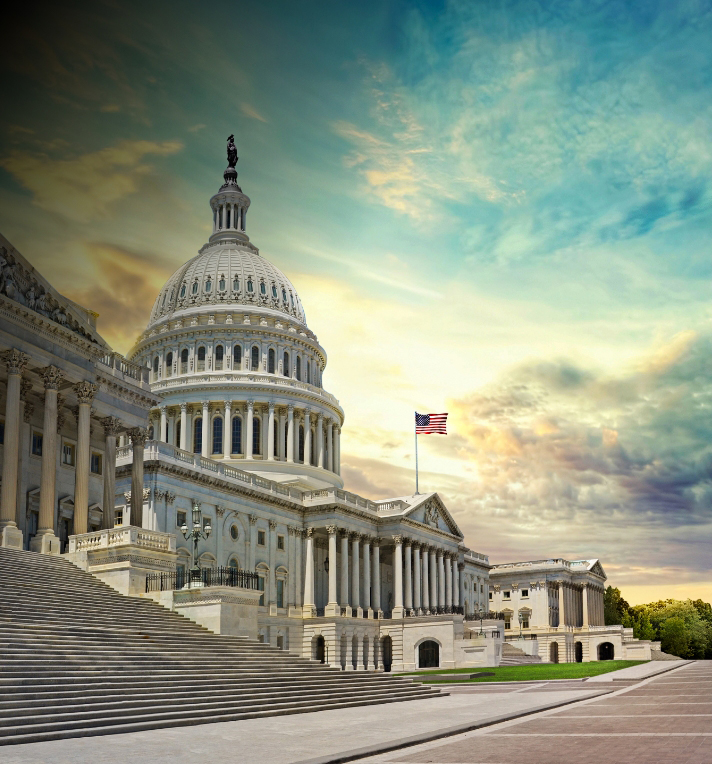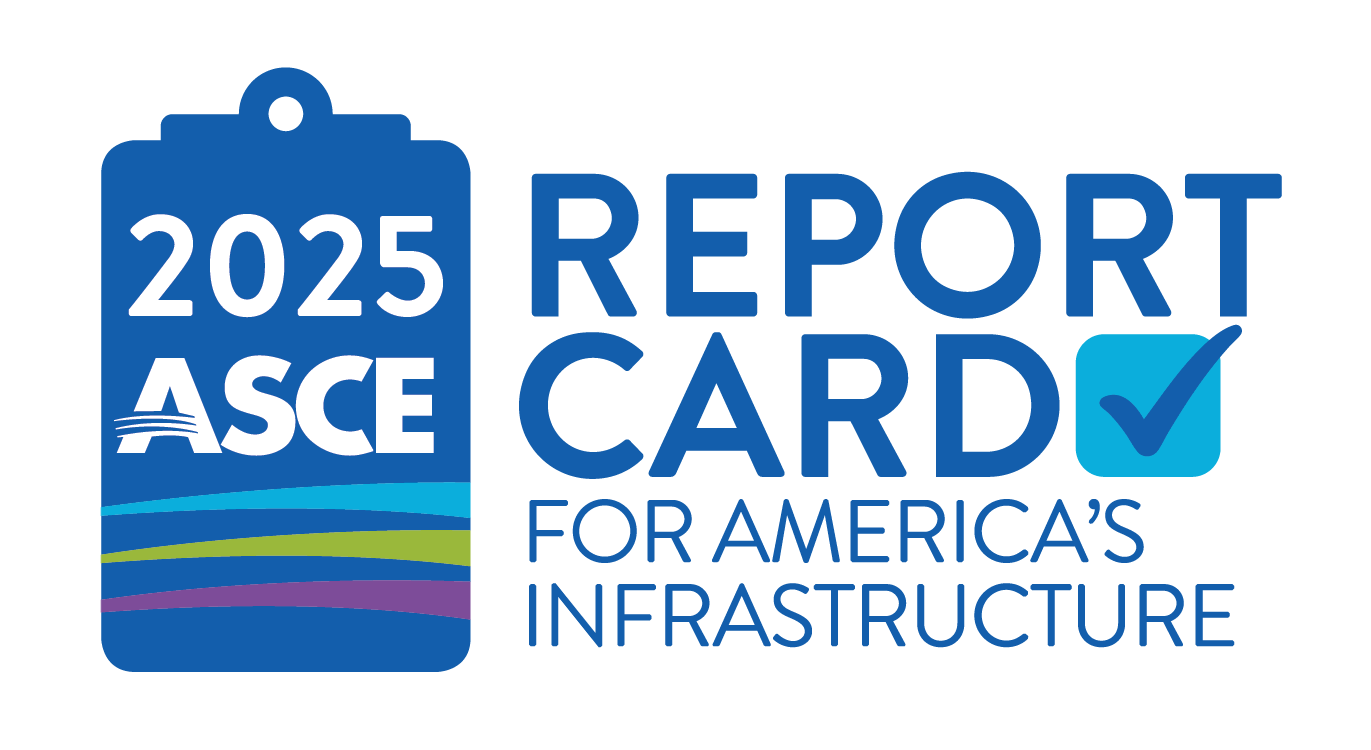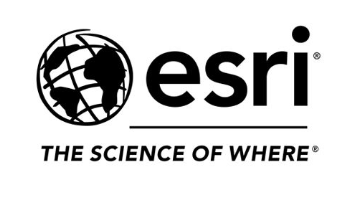Drinking Water
Wisconsin has more than 11,200 public water systems, the most in the nation. More than 80% of these are in areas where people do not remain for long periods, such as campgrounds, parks, and restaurants. In comparison, 5% of these are municipal systems that serve more than 4 million residents, or 95% of the entire population of Wisconsin. Water systems are generally encountering several natural and manmade water quality issues, and must contend with aging water treatment and distribution systems to serve their communities in the future. Bacteria, nitrates, arsenic, radium, lead, and PFAS forever chemicals are significant water quality concerns. In total,the EPA estimates that $11.8 billion is required in Wisconsin to address infrastructure over the next two decades. Needs will likely increase over time unless immediately addressed. Recent increases in drinking water infrastructure funding through the Infrastructure Investment and Jobs Act are laudable but insufficient to ensure residents have better access to safe and reliable supply for future generations.

